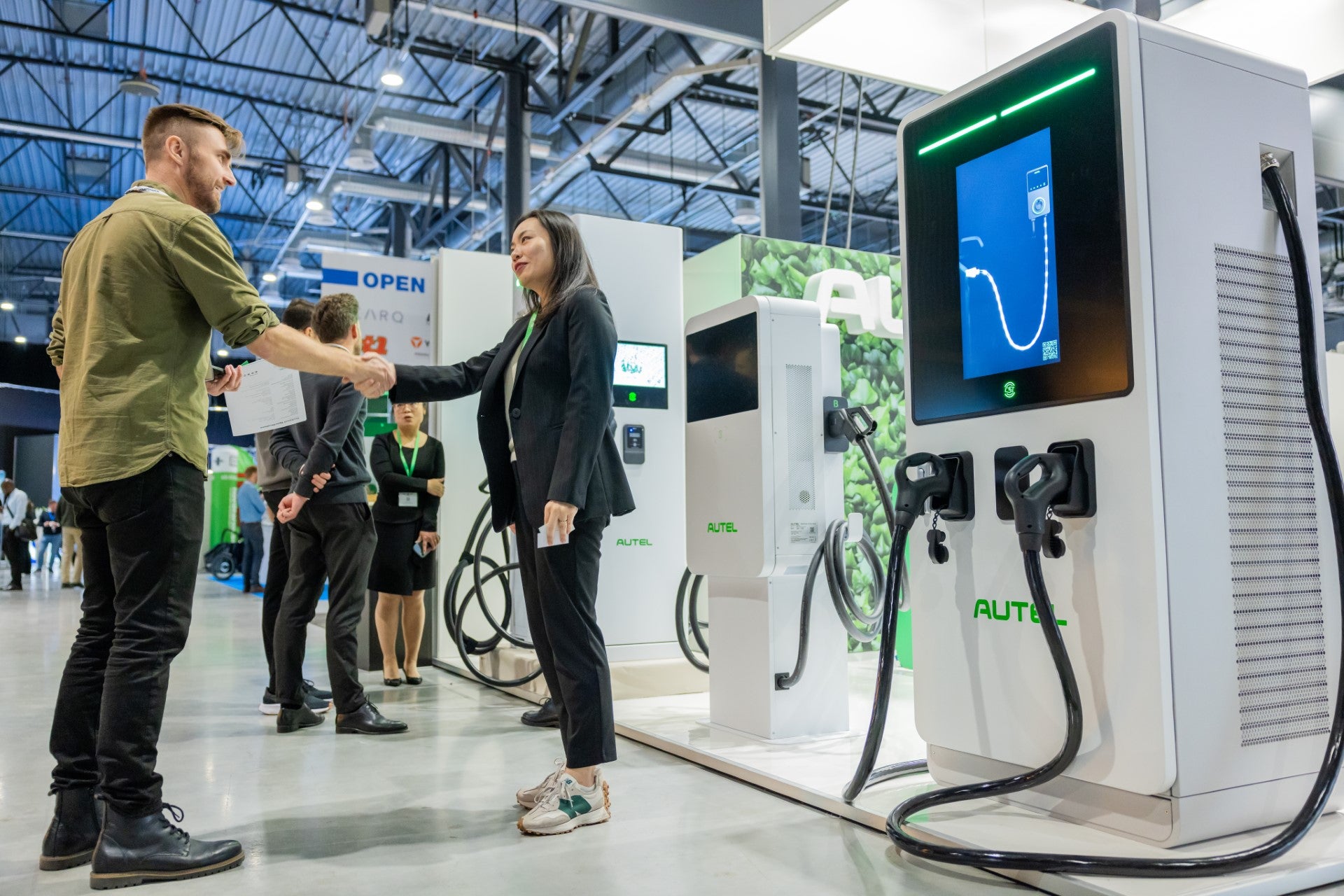Victor - Aug.17. 2022
Solar Panels and Electric Cars: Combine your PV with EV Charger

This summer has been exceptionally hot in Europe and the climate change is the result of massive CO2 emissions. The energy problem is becoming increasingly acute due to environmental and political influences. In order to combat these problems, changes in living styles and the use of new energy are increasingly prominent and popular.
Martin Raubal, Professor of Geoinformation Engineering at ETH Zurich, says: “The mobility sector is responsible for about a third of greenhouse gases in Switzerland. Electromobility is one way to reduce CO2 emissions from transport.” To reduce the emissions of greenhouse gases, there are currently 70,000 purely electric vehicles on Swiss roads, plus 200,000 hybrid vehicles. While this growth in electric vehicles has helped to replace the use of around 1.5 million barrels of oil per day, it has also significantly increased the demand for electricity and the increasing price of electricity has put enormous pressure on consumers.
How can electricity be generated sustainably? Solar power is currently growing in popularity. In this blog you will find out how it is achievable to charge your vehicle with solar power.
What is solar power?
Solar power is the conversion of energy from sunlight into electrical energy, either directly using photovoltaic technology, indirectly using concentrated solar power, or a combination of both. Photovoltaic cells use the photovoltaic effect to convert light into electrical current.
Photovoltaic (PV) charging is the direct conversion of sunlight into energy, a system that is rapidly gaining popularity in electric vehicles (EVs).

How does solar power work with home charging?
Global solar capacity doubles between 2018 and 2022 to one terawatt (TW) . By 2025, global solar capacity is expected to reach 2.3 TW - which, for context, is twice the energy production of France and Germany combined. This is not surprising, as solar energy is relatively constant and free of charge compared to other energy sources. As long as there is sunlight, there is energy.
In Western European countries, a solar panel can produce an average of about 1 kWh of electricity per day, which means that a dozen panels can produce about 10 kWh of electricity per day, which also has a bearing on your geographical location, with certain areas having less sunshine all year round. However, this is enough to provide the standard range Tesla Model 3 with a range of around 42 kilometres, well above the average daily driving distance in the EU.
Opportunities and challenges of solar charging
As governments around the world seek to accelerate the transition away from fossil fuels, many countries are offering incentives for homeowners to install renewable energy sources, including solar. This could be in the form of direct subsidies, refunds for part of the installation cost, more attractive tariffs for purchasing electricity through net metering, or even rebates or reduced tax rates on energy bills.
For example, the UK offers homeowners who install solar panels a guaranteed feed-in tariff, ensuring that they can sell back the energy they produce at an attractive price. The Netherlands also allows its residents to feed the energy produced by solar energy back into the grid at a full tariff.
In addition to incentives for solar energy, many countries offer various incentives for installing electric vehicle charging stations, which can cut costs even further if you use solar energy to charge your electric vehicle.
Click here to see the subsidies for installing an Autel AC Wallbox in your country

You may already be tempted to ask questions when you see this. Solar power is mainly generated during the day, when the sun is at its brightest. However, most people tend to charge their electric vehicles at night, once they return from work. This calls for consideration of how to store the energy until we want to use it.
One way to do this is to install an energy storage battery and connect it to your solar panel. You can then use the solar energy you generate to charge the battery during the day and use it to power your home at night or when solar production is low and, of course, to charge your electric car.
Another real problem, the electricity produced by PV panels is uneven and highly variable and cannot be fed directly into the battery of an electric car. Not only the batteries of an electric car, but in any case any solar panel installation will need to have an inverter installed to convert the electricity so that it can be fed into your home's electricity network for powering appliances or charging your car.
If you have enough solar panels, you can sell the electricity you don't use to the grid operator. This ability to produce your own energy and sell it back to the grid operator is known as net metering. Net metering allows homeowners to be paid for providing electricity from renewable sources to the grid.
Typically, with net metering, a two-way meter will measure the number of kilowatt hours fed into the grid versus the amount of electricity the house draws from the grid. For each kilowatt hour fed back into the grid, you will receive a pre-agreed credit that will be deducted from your overall energy bill.
Even if you charge your electric car at night, you can still benefit from lower electricity bills by selling the output of your solar panels during the day and deducting it from your total consumption.
Many EU countries currently allow net metering.





